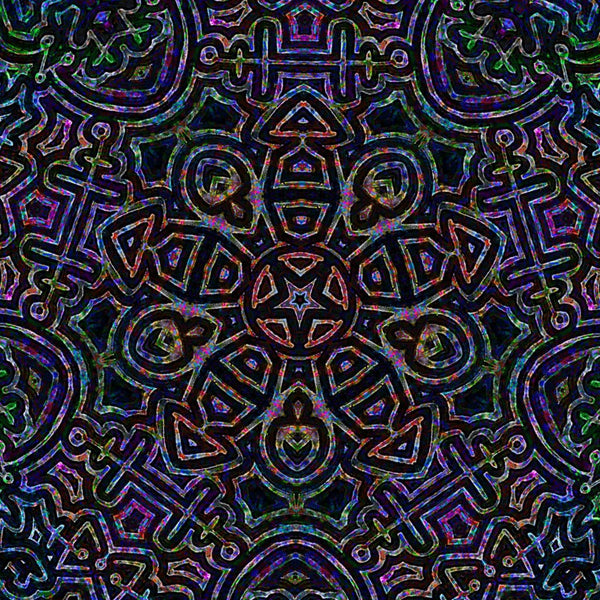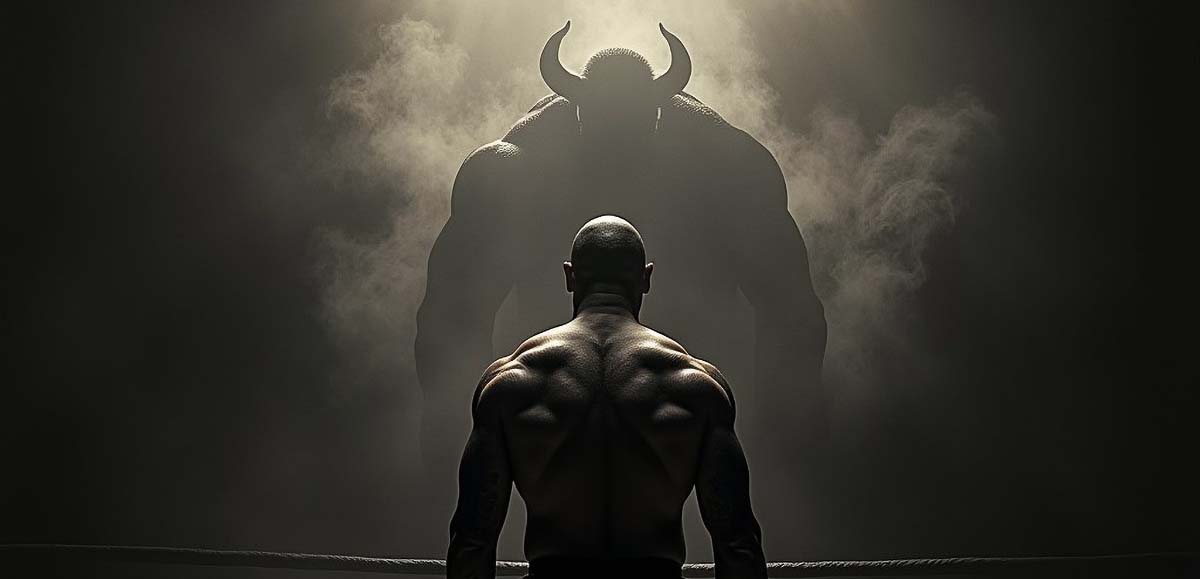Your Cart is Empty
Buy Any 4 Items, Get 15% Off Your Order!
Buy Any 4 Items, Get 15% Off Your Order!
Challenging Artistic Norms: How Naive Art and Outsider Art Rewrite the Rules
August 06, 2024

What Is Naive and Outsider Art?
Naive and outsider art serve as a kind of rebellion against the norms established by formal institutions. They deliberately step outside the lines drawn by structured education and traditional techniques, instead embracing a raw, unfiltered form of creativity. What’s compelling about these art forms is how they cut straight to the core of personal and psychological experience, offering insights that more polished works might miss.
By refusing to be confined by conventional training, these artists capture something essential about authentic expression. They remind us that true artistic greatness doesn’t always follow a predictable path—it often emerges from the most unconventional and unique journeys. This is art that speaks directly, without the layers of interpretation that formal training can sometimes impose. It’s art in its purest, most honest form.
From Musical Legend to Outsider Artist: The Unique Legacy of Don Van Vliet

Captain Beefheart, or Don Van Vliet as he's otherwise known, is one of those figures who fascinates precisely because of the unpredictability of his trajectory. In the late 1980s, after a career that had both confounded and inspired, Van Vliet made a radical shift—from the chaotic, visionary world of avant-garde music to the equally disorienting, yet intensely private realm of painting.
Now, let's talk about why. Van Vliet's musical career was nothing short of revolutionary. Albums like Trout Mask Replica didn’t just break the mold; they shattered it. His work was a collision of discordant rhythms and jagged sounds, creating something that felt less like music and more like an auditory manifesto. But this genius came at a cost. His relationships with his band members were fraught, and he was constantly battling financial instability. The music industry—often brutal, always unforgiving—left him increasingly disillusioned. It’s no surprise, then, that he chose to walk away.
But the story doesn’t end there. When Van Vliet turned to painting, the reception was, well, complicated. Critics were quick to dismiss his visual art as unsophisticated, labeling it "doodles" rather than serious work. Yet, this dismissal misses something crucial. His paintings, filled with bold, almost aggressive colors and abstract forms, were extensions of the same creative impulse that drove his music. They belong to a tradition of naive art—art that thrives precisely because it’s untrained, raw, and unfiltered.
In many ways, this shift was a natural evolution for Van Vliet. Painting offered him something music could no longer provide: control and solitude. It allowed him to channel his neurodivergent tendencies, which some suggest included elements of autism, into a medium that didn’t demand collaboration or compromise. Here was a space where his vision could remain entirely his own, untouched by the frustrations that had marred his musical career. So, while the transition may have seemed unexpected to some, it was, in reality, a continuation of the same relentless pursuit of authenticity that had always defined him.
frustrations that had marred his musical career. So, while the transition may have seemed unexpected to some, it was, in reality, a continuation of the same relentless pursuit of authenticity that had always defined him.
Over time, the initial skepticism surrounding Van Vliet’s paintings has given way to a deeper appreciation, one that recognizes the unrefined beauty and raw energy that these works embody. What’s fascinating here is how these paintings, once dismissed, have come to be seen as windows into the complexity of Van Vliet’s mind—a mind that was always pushing boundaries, always searching for new ways to express itself.
Louis Wain: From Kawaii Cats to Psychedelic Abstractions
Louis Wain stands as a vivid example of how outsider art can become a mirror to the inner turmoil of its creator. Wain’s early works, brimming with wide-eyed, cutesy cats, captured a sense of innocent charm that endeared him to the public. But as his life progressed, his art took a dramatic turn—becoming more abstract, more vivid, more intensely psychedelic. The bright colors and fractal patterns that began to dominate his work are often seen as reflections of Wain’s mental health struggles.

Psychologist Walter Maclay tried to document this shift in Wain’s psyche by organizing his drawings in a sequence that seemed to chart his changing mental state. The progression starts with those familiar, soft-eyed kittens but quickly moves into a kaleidoscopic realm where the cat figures dissolve into nearly unrecognizable patterns of repetition and distortion. This shift has been interpreted by some as a visual manifestation of deteriorating mental health, prompting psychiatrist David O’Flynn to describe it as “the Mona Lisa of asylum art.”
Yet, this interpretation is not without its controversies. Many of Wain’s works are undated, making it difficult to establish a clear timeline of his mental decline, if indeed that’s what these works represent. Despite this uncertainty, Wain’s artistic evolution—from the whimsical to the surreal—offers a compelling illustration of how outsider art can serve as a profound conduit for expressing deep personal and emotional experiences.
Edward Blitner: Tribal Influences in Naive Art
Edward Blitner’s story is one of deep cultural resonance. Born in 1961 in southern Arnhemland, Northern Territory, Blitner is an Aboriginal artist deeply connected to the Ngukkurr Community, now known as Yugul Mang. His bush name, Taiita, is a testament to his profound bond with the land and traditions of the Roper River region, a place that has always been home, no matter where life has taken him.
Northern Territory, Blitner is an Aboriginal artist deeply connected to the Ngukkurr Community, now known as Yugul Mang. His bush name, Taiita, is a testament to his profound bond with the land and traditions of the Roper River region, a place that has always been home, no matter where life has taken him.
Blitner’s life is a tapestry woven from both traditional and modern threads. Educated at Concordia College in Adelaide until the age of sixteen, he then returned to the Northern Territory, where he took on the roles of stockman and general hand on Victoria River Downs. He was a witness to the Gurrinji walkout, a pivotal moment in Aboriginal history. But throughout all these experiences, the northern country and its rich cultural heritage remained his anchor.
Blitner’s artistic journey began in his childhood, under the guidance of his grandfather, who painted traditional stories on bark using natural ochres. “My grandfather would paint on bark while we watched, learning to grind ochres and mix colors. He’d share the stories and songs connected to each painting. On good days, he’d let us paint on the sides of the bark,” Blitner recalls. These early lessons laid the groundwork for the intricate and culturally rich art that would define his later work.
Over the years, Blitner has become a master of both painting and woodcarving, continuing the traditions passed down by his grandfather. His work, often featuring the intricate cross-hatching patterns known as rrarrk, is deeply rooted in the designs and Dreamings of his clan. The use of natural ochres and traditional motifs in his art is not just a stylistic choice but a continuation of a cultural lineage that speaks to the enduring power of his heritage.
Rejecting Academia and Embracing Alternative Paths

Formal education offers structure, discipline, and a recognized path to artistic development, but it is by no means the only path. Artists like Louis Wain and Edward Blitner remind us that naive and outsider art is far more than a mere aesthetic choice; it is a powerful vehicle for exploring and expressing the depths of personal and psychological experience. By stepping away from the conventions of formal training and embracing methods that might seem unconventional or even unschooled, these artists have produced works that, while perhaps lacking in polish, resonate with a raw emotional depth and originality that is impossible to ignore. Their journeys underscore a fundamental truth about art: that it can transcend boundaries and challenge our perspectives on what it means to create, to feel, and to experience the world.
Leave a comment
Comments will be approved before showing up.
Also in Sacred Surreal Blog
newsletter signup
Be the first to know about upcoming sales and promos. Get a 10% discount coupon when you subscribe!
Subscribe
Sign up to get the latest on sales, new releases and more …

Storewide Sale!
Buy any 4 items and get 15% off your total order! For a limited time only.



